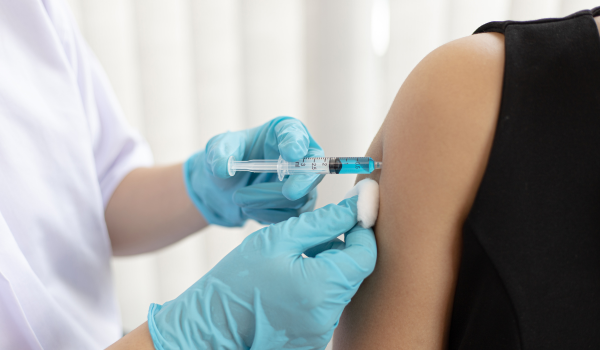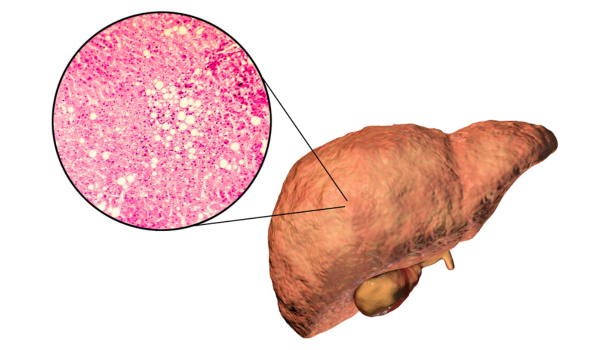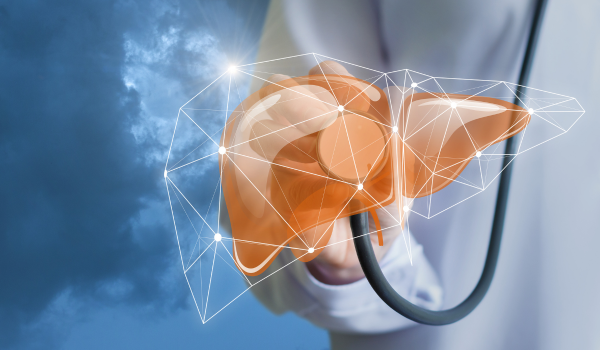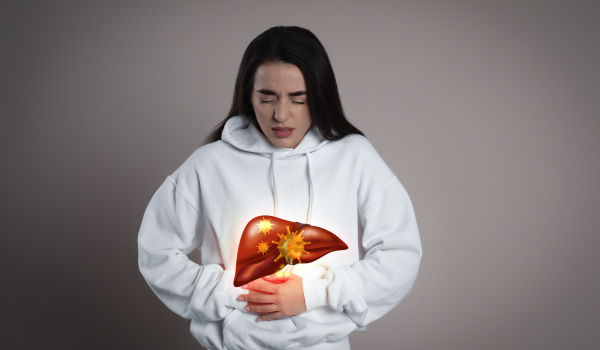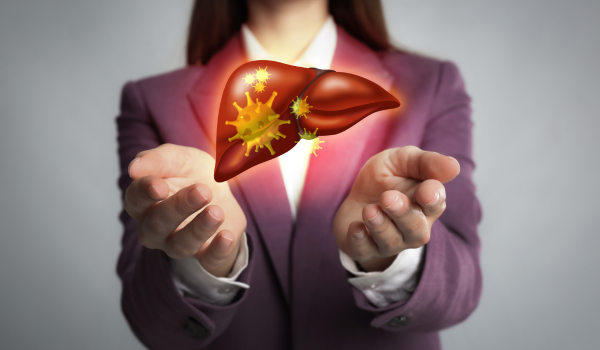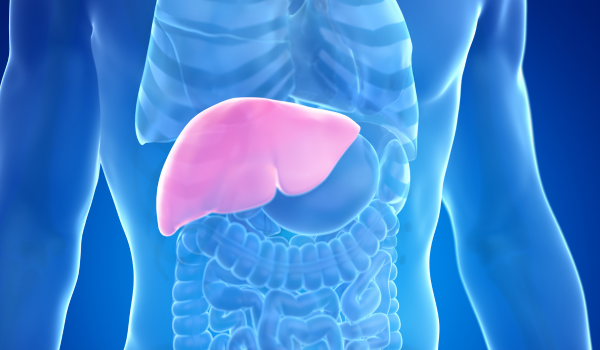
Overview
Liver cancer is a serious and often life-threatening disease that affects one of the body’s most vital organs. The liver plays a central role in filtering toxins, processing nutrients, and supporting metabolism. When cancer develops, it disrupts these essential functions and can spread to other parts of the body.
Understanding how liver cancer forms, its risk factors, and available treatments can help in early detection and improve survival rates.
Types of Liver Cancer
There are two main categories of liver cancer: primary and secondary.
-
Primary liver cancer: Begins in the liver cells. The most common type is hepatocellular carcinoma (HCC), which starts in hepatocytes. Other types include cholangiocarcinoma (bile duct cancer), angiosarcoma, and hepatoblastoma (more common in children).
-
Secondary liver cancer: Also called metastatic liver cancer, it originates in another part of the body and spreads to the liver.
Primary liver cancer is the focus of most prevention and treatment efforts because it develops directly from liver disease and damage.
How It Develops
Liver cancer typically arises from long-term liver injury that leads to inflammation, scarring (fibrosis), and eventually cirrhosis. These changes cause liver cells to divide abnormally, increasing the chance of mutations.
Stages of development:
-
Chronic liver disease: Conditions like hepatitis B, hepatitis C, or fatty liver disease cause ongoing damage.
-
Cirrhosis: Scar tissue replaces healthy liver cells, disrupting normal function.
-
Cell mutation: DNA damage in hepatocytes leads to uncontrolled growth.
-
Tumor formation: Abnormal cells group together to form malignant tumors.
Risk Factors
Several factors increase the likelihood of developing liver cancer:
-
Chronic hepatitis B or C infection
-
Cirrhosis from alcohol abuse, NAFLD, or autoimmune hepatitis
-
Heavy alcohol use
-
Obesity and metabolic syndrome
-
Aflatoxin exposure from contaminated food
-
Family history of liver cancer
-
Type 2 diabetes
-
Smoking
Addressing these risk factors is crucial for prevention.
Symptoms
Liver cancer symptoms often appear in advanced stages, making early detection challenging.
Common symptoms include:
-
Unexplained weight loss
-
Loss of appetite
-
Persistent fatigue
-
Upper right abdominal pain
-
Jaundice (yellowing of skin and eyes)
-
Swelling in the abdomen (ascites)
-
Nausea and vomiting
-
Enlarged liver or spleen
Diagnosis
Doctors use a combination of tests to confirm liver cancer:
-
Blood tests: Alpha-fetoprotein (AFP) levels are often elevated in HCC.
-
Imaging scans: Ultrasound, CT, and MRI can reveal tumors and assess their size.
-
Biopsy: A small tissue sample is taken to confirm cancer type.
-
Liver function tests: Evaluate overall liver health.
Early detection through screening is recommended for high-risk individuals.
Staging
Staging helps determine the extent of cancer and guides treatment.
-
Stage I: Single tumor, no blood vessel invasion.
-
Stage II: Single tumor with blood vessel invasion or multiple small tumors.
-
Stage III: Multiple tumors or one large tumor involving major blood vessels.
-
Stage IV: Cancer has spread beyond the liver.
Treatment Options
Treatment depends on the stage, liver function, overall health, and whether the cancer is operable.
Surgery
Hepatectomy: Removes part of the liver containing the tumor. Works best if the rest of the liver is healthy.
Liver transplant: Replaces the diseased liver with a donor organ. Recommended for patients with both cancer and severe liver damage.
Ablation Therapies
These procedures destroy cancer cells without removing them.
-
Radiofrequency ablation (RFA): Uses heat from electrical currents.
-
Microwave ablation: Similar to RFA but uses microwaves for faster treatment.
-
Cryoablation: Freezes cancer cells.
-
Ethanol injection: Alcohol is injected into the tumor to kill cancer cells.
Embolization Therapies
Block blood flow to the tumor to starve it of nutrients.
-
Transarterial chemoembolization (TACE): Delivers chemotherapy directly into the tumor’s blood supply.
-
Transarterial radioembolization (TARE): Uses radioactive beads to destroy cancer cells.
Targeted Therapy
Drugs that attack specific molecules in cancer cells.
-
Sorafenib and lenvatinib: First-line targeted drugs for advanced HCC.
-
Regorafenib and cabozantinib: Used if first-line therapy fails.
These medications can slow cancer growth and improve survival.
Immunotherapy
Boosts the immune system’s ability to fight cancer.
-
Immune checkpoint inhibitors such as atezolizumab and nivolumab have shown promising results for advanced liver cancer.
Radiation Therapy
Uses high-energy beams to target and kill cancer cells.
Stereotactic body radiotherapy (SBRT) can deliver precise doses to tumors while sparing healthy tissue.
Palliative Care
For advanced cases where cure is not possible, palliative care focuses on symptom relief, improving quality of life, and extending survival.
Prevention
Prevention strategies target the underlying causes of liver cancer:
-
Vaccinate against hepatitis B.
-
Treat hepatitis B and C infections early.
-
Avoid excessive alcohol intake.
-
Maintain a healthy weight and manage diabetes.
-
Reduce exposure to aflatoxins by storing food properly.
-
Quit smoking.
Prognosis
Prognosis depends on stage at diagnosis, liver function, and overall health. Early-stage liver cancer has better treatment outcomes, especially if surgery or transplant is possible.
Regular screening for high-risk individuals significantly improves survival rates.
Conclusion
Liver cancer is a complex disease often linked to chronic liver damage. By understanding how it develops, recognizing risk factors, and seeking prompt diagnosis, individuals can improve their chances of successful treatment. Advances in surgery, targeted therapy, and immunotherapy are offering hope to more patients worldwide.

